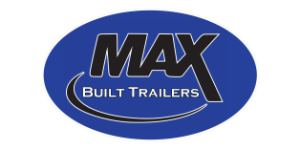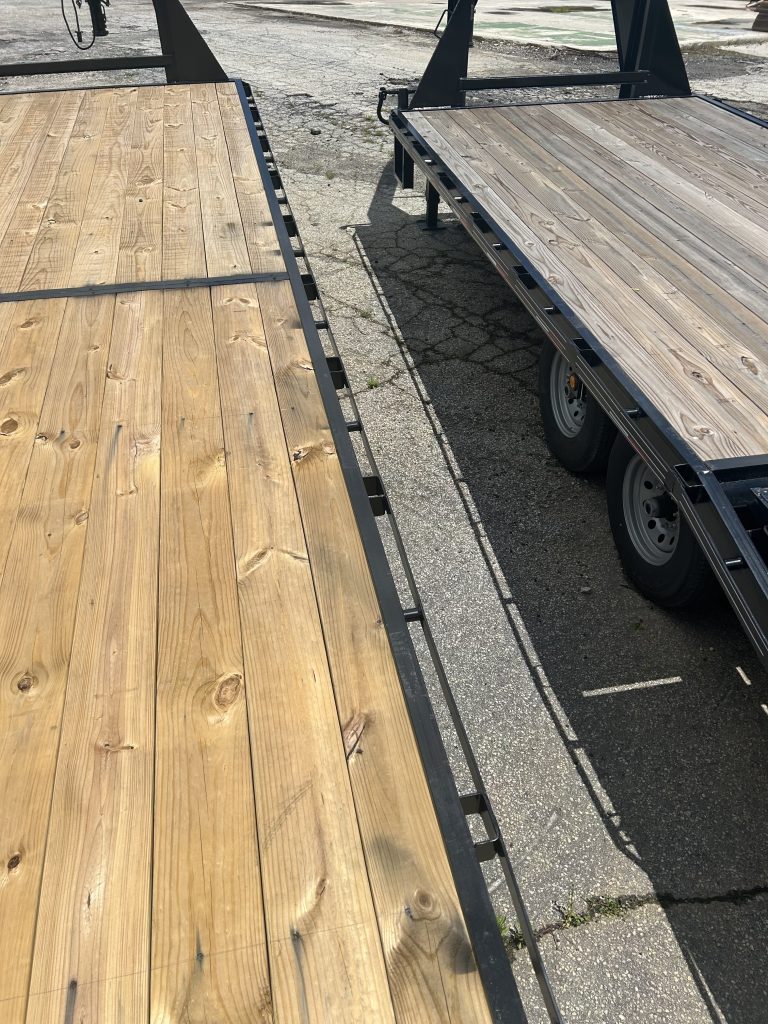Rub rails are an essential structural component of flatbed trailers, specifically engineered to absorb lateral impacts and shield the trailer’s mainframe from collision damage. As their name suggests, these rails are intended to “rub” against objects such as dock walls, barricades or other obstructions — preserving both the integrity of the trailer and, critically, the cargo securement system. However, the role of rub rails goes far beyond incidental contact protection.
Rub rails also serve a crucial secondary purpose: safeguarding the chains, straps and ropes used in securing cargo. When tie downs are routed between the trailer deck and the rub rail, the rub rail functions as a protective barrier, shielding those tie downs from being sheared, abraded or compromised during lateral impacts. This routing practice helps maintain the mechanical integrity of the securement devices and, by extension, the safety of the cargo.
The Regulatory Landscape: A Brief History
In recognition of rub rails’ role in cargo securement, the Federal Motor Carrier Safety Administration (FMCSA) instituted a regulation in 2002 as part of the North American Cargo Securement Standard. This rule stipulated that, whenever practicable, tie downs must be routed inboard of the rub rails. Canada adopted the same standard, reinforcing cross-border consistency.
However, the rule’s practical enforcement quickly revealed significant ambiguities. Carriers were often caught between compliance and best practices. In some cases, routing tie downs inboard required anchoring to trailer components not designed or rated for securement loads—raising serious concerns about load stability. Conversely, following traditional securement methods could trigger penalties if enforcement personnel interpreted the term “practicable” too narrowly.
Following industry feedback and data review—including findings that tie down failures from exterior routing were exceedingly rare—the FMCSA amended the rule in 2006. The revised regulation eliminated the mandatory inboard routing of tie downs, granting carriers and drivers greater discretion.
Just Because It’s Legal Doesn’t Mean It’s Safe
While the FMCSA no longer mandates inboard routing, fleet operators and safety managers must consider whether exterior routing of tiedowns is a responsible practice. There are compelling technical and safety reasons to avoid this approach:
- Exposure to Impact Damage: When tie downs are routed outside the rub rail, they are directly exposed to any side impact the trailer may sustain. In such cases, the rub rail is no longer a buffer — the tie down becomes the point of contact. A compromised strap or chain can result in load shifts, cargo damage or complete loss of securement—all of which pose major safety risks and can lead to out-of-service violations or costly accidents.
- Rub Rails Are Not Anchor Points: From an engineering standpoint, rub rails are not designed or rated as securement anchor points. Most are not tested under the same standards as D-rings, stake pockets, or other rated anchorage systems. Many rub rails, particularly those made from aluminum, lack the structural strength to withstand dynamic load forces, especially after routine wear and tear. Over-reliance on rub rails for load securement can result in catastrophic failure.
- Design Intent and Best Practices: Securement components such as stake pockets, sliding winch tracks and recessed anchor points are purpose-built for handling the dynamic forces involved in cargo transportation. Rub rails should remain dedicated to their original design intent: passive protection of the trailer and the securement system.
Strategic Guidance for Fleets and Equipment Purchasers
Fleet safety is as much about policy and training as it is about equipment. Operators should establish clear internal standards that exceed the bare minimum regulatory requirements. Best-in-class carriers often prohibit the use of rub rails as tie down anchors entirely, unless no other practicable option exists.
For those in the process of equipment acquisition or trailer spec design, it is advisable to select trailers outfitted with alternative securement systems that do not rely on rub rails. These may include:
- Stake pockets placed at optimized intervals
- Low-profile sliding winches
- E-track or F-track systems with reinforced anchor plates
- Side-mount or under-deck anchor solutions
These features not only enhance operational flexibility but also align with industry best practices for cargo securement safety.
Conclusion
Rub rails are a critical component in trailer design, but their role is frequently misunderstood or misapplied in the context of cargo securement. While the FMCSA’s 2006 revision offers more flexibility, fleet managers and drivers should approach tie down routing with a risk-informed mindset. Use rub rails for what they are meant to do—protect—and rely on properly-rated and strategically-positioned anchorage points to secure your cargo. Doing so reduces liability, enhances safety and demonstrates operational excellence in today’s highly regulated transportation landscape.





